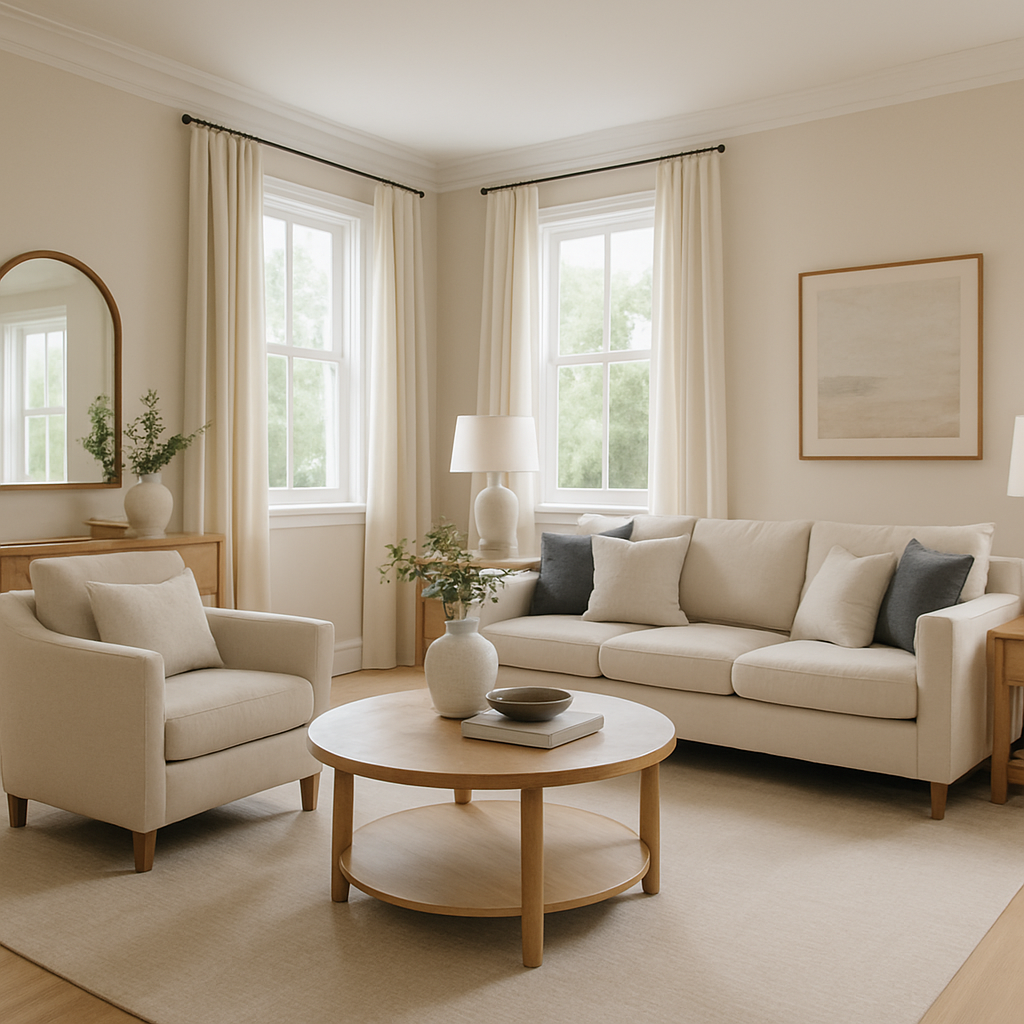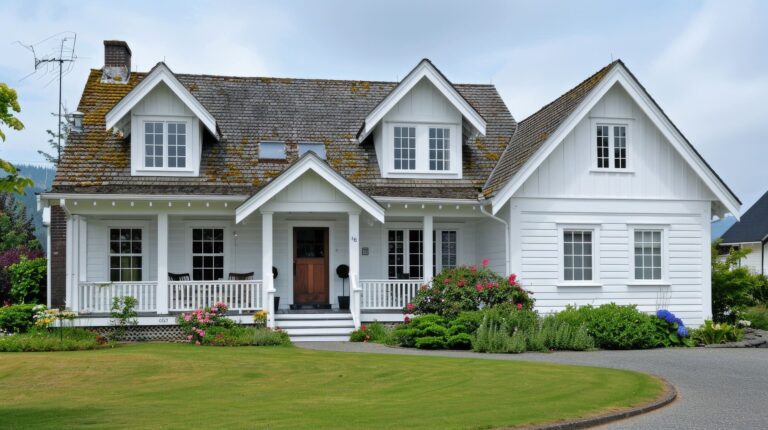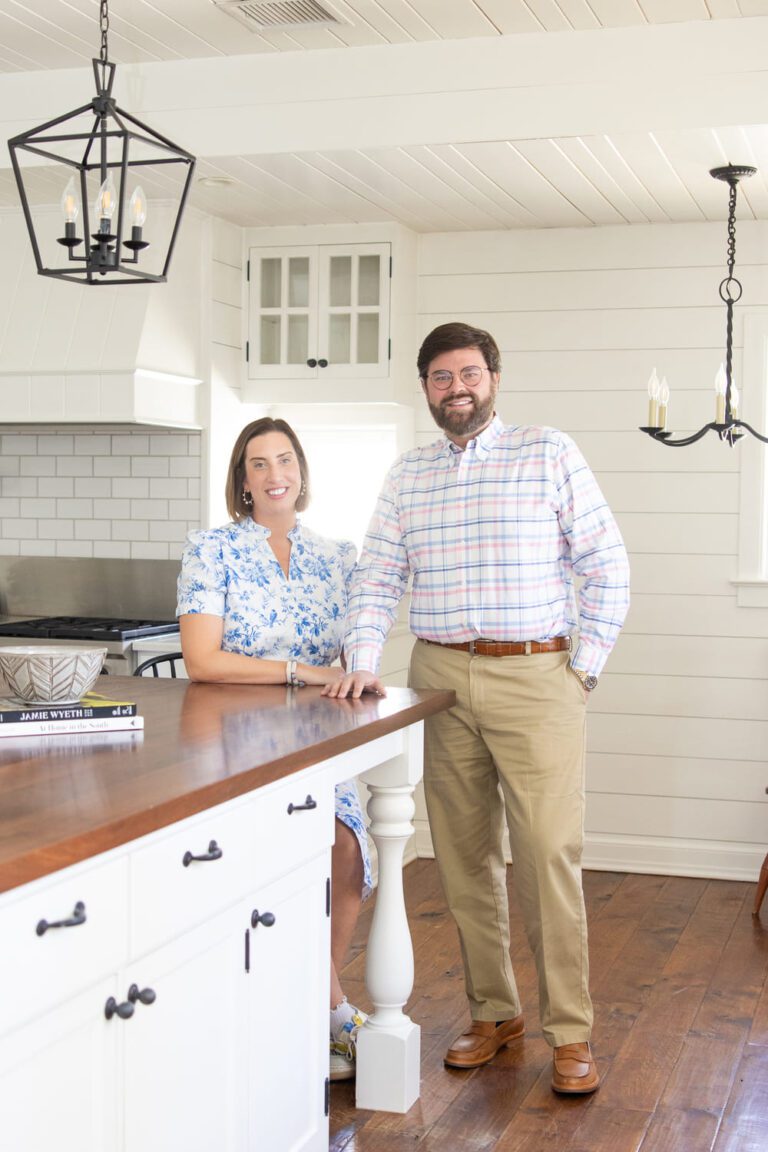Introduction
First impressions matter when selling a home — and in 2025, when most buyers begin their search online, presentation is everything.
According to the National Association of Realtors (NAR), 81% of buyers say staging makes it easier to visualize a property as their future home. For sellers across the Triad, home staging is one of the most effective ways to increase visibility, attract offers, and potentially sell faster — especially in today’s competitive housing market.
Whether you’re hiring a professional or taking the DIY route, these proven staging strategies can help your property stand out both online and in person.
1. Start with a Clean Slate
A spotless home signals that it has been well cared for.
Declutter thoroughly: Remove most personal items — such as family photos, collections, and paperwork — so potential buyers can focus on the home’s features.
Deep clean every surface: Kitchens and bathrooms should sparkle; pay attention to details like light switches, grout, vent covers, and the top of the refrigerator..
Freshen the air: Subtle, neutral scents (such as citrus or vanilla) create a welcoming feel.
Pro Tip: Before photography or showings, walk through your home as if you were seeing it for the first time. Anything that distracts from the space itself likely needs to go. Our team is also happy to walk through with you before, during, and after this process to ensure you are presenting your home in the best way possible!
Professional guidance from a local agent can streamline this process — visit The Wilhoit Group Sellers Page for expert tips.
2. Focus on Key Rooms That Influence Buyers
Not every space needs to be fully staged. Concentrate on the rooms that have the greatest visual and emotional impact:
- Living Room: Arrange furniture to highlight openness and flow. Ensuring there is adequate lighting – opening blinds, lamps, easy to use overhead lighting, is also important. Remove any large items that make the space feel cramped or hard to maneuver.
- Primary Bedroom: Keep the design simple and relaxing. Light bedding and minimal décor work best. Clear tops of nightstands and dressers, and a few lamps for cozy lighting add appeal.
- Kitchen: Clear countertops and show off workspace. Less is more!
- Bathrooms: Keep everything spotless and neutral — crisp white towels, a neutral shower curtain and a freshly-cleaned scent go a long way.
According to HomeLight’s 2025 Top Agent Insights Report, staged homes spend 33% less time on market than unstaged homes.
3. Optimize for Photography and Online Appeal
Because nearly every buyer starts their search online, your photos must make a strong first impression.
- Use natural light: Open blinds and replace low-output bulbs with bright, daylight options.
- Keep symmetry: Group decorative objects in odd numbers for a balanced look.
- Stick to neutral colors and classic appeal: Whites, beiges, and grays look clean and professional in photos.
- Add subtle warmth: Use small touches — like fresh flowers, folded throws, or a coffee table book — to make the space feel inviting.
For visual inspiration, check out Realtor.com’s Home Staging Guide.
4. Make Strategic, Budget-Friendly Updates
Small updates can have a big return on perception — and potential value.
- Replace outdated cabinet hardware or faucets.
- Apply a fresh coat of neutral paint (greige remains one of the most popular resale colors, according to Sherwin-Williams). The Wilhoit Group’s favorite is Benjamin Moore’s Pale Oak.
- Update lighting fixtures in entryways and dining areas.
- Refinish hardwoods or replace worn flooring if budget allows — projects like these can yield high ROI (up to 150%, per Zillow’s 2025 Home Improvement Report).
5. Stage for Lifestyle and Functionality
Effective staging helps buyers imagine how the space can work for different lifestyles, without assuming any one type of resident.
- Highlight a versatile home office setup — functional for remote work or hobbies.
- Use a flex room to show multiple possibilities, such as a reading nook, workout area, or studio space.
- Include tasteful local touches, like neutral artwork or a framed map of the region, to convey a sense of place.
Learn how The Wilhoit Group helps sellers highlight what makes their properties stand out.
6. Boost Your Curb Appeal
Exterior presentation sets the tone for the entire showing. According to HomeAdvisor, exterior improvements are among the best-value upgrades for sellers.
- Pressure wash siding, driveways, and walkways.
- Refresh landscaping with new mulch, trimmed hedges, and seasonal flowers. The home needs to feel approachable, and landscaping not detract from the curb appeal and ability to clearly see/access the home.
- Repaint or replace the front door to create a focal point.
- Ensure exterior lighting works properly for evening showings.
- Add simple, welcoming details — a clean doormat or potted plants — to complete the look.
7. When to Consider Professional Staging
Hiring a professional stager can yield strong results, especially for homes where buyers may need help envisioning the space. While costs vary (typically $500–$2,000 in the Triad), staged homes often sell 6–10% higher than unstaged ones (NAR, 2024).
- Ask your listing agent about staging consultations — many, including The Wilhoit Group, provide this service as part of their marketing strategy.
8. Avoid These Common Staging Mistakes
Even small missteps can distract buyers from your home’s best features.
- Overdecorating with too many colors or accessories.
- Ignoring odors or signs of pets. It’s not personal, but most pet-owners become “nose blind” to the signs of their furry friends.
- Overlooking small repairs like leaky faucets or loose handles.
- Leaving clutter in closets and storage areas — buyers will check them.
9. Align Staging with Current Market Conditions
With moderate inventory levels and selective buyers in 2025, presentation matters more than ever. Homes in the Triad average about 28 days on market, but staged homes often sell significantly faster (Redfin, 2025).
In a higher-rate environment, buyers are more value-conscious — and a well-staged home can make all the difference in attracting strong offers.
Conclusion
Home staging doesn’t have to mean major renovations — it’s about strategic presentation that highlights your home’s best qualities. In today’s market, thoughtful staging helps sellers stand out, shorten time on market, and achieve stronger results.
Whether your property is urban, suburban, or rural, most of these staging principles apply across the board — helping every home shine to its full potential.












